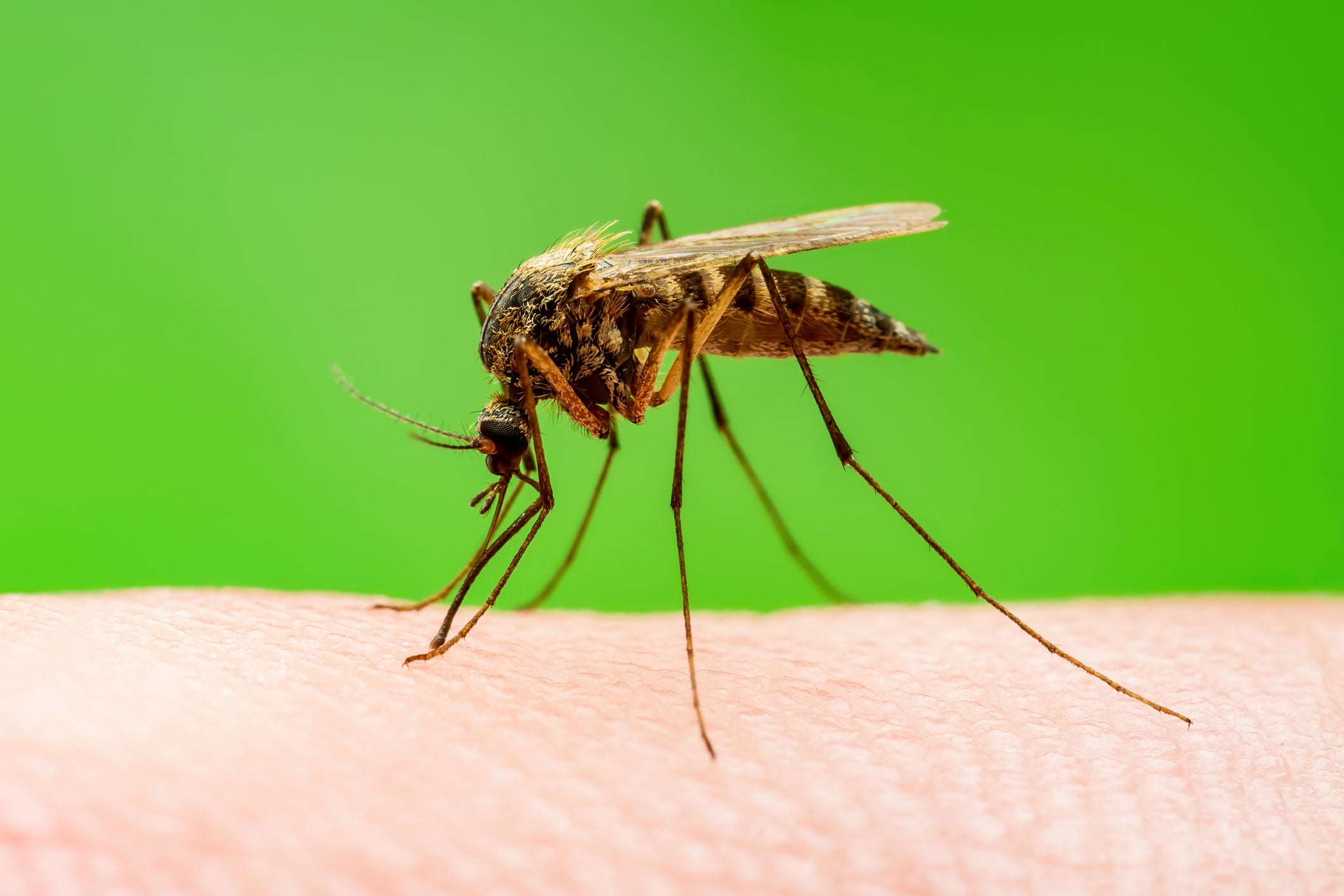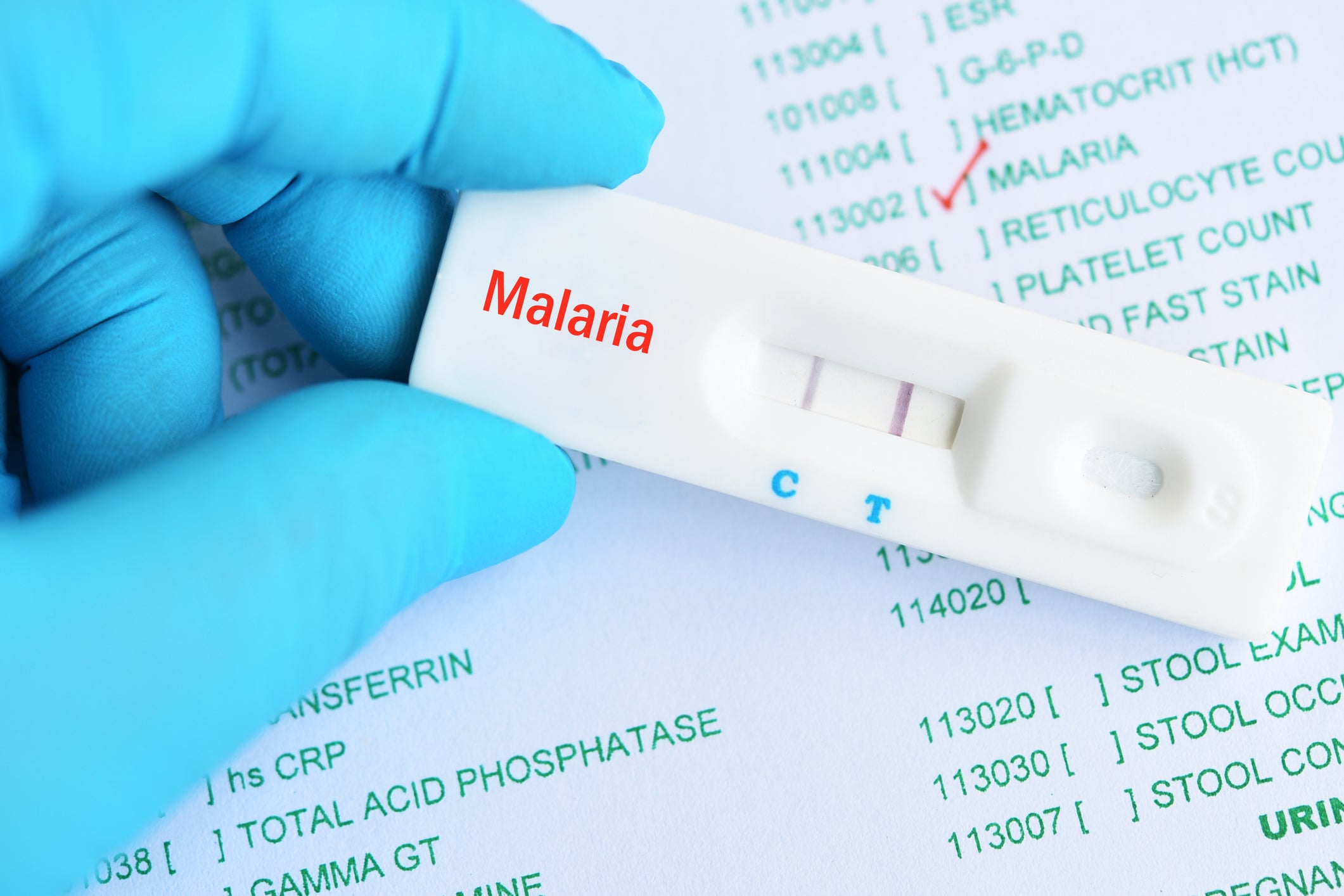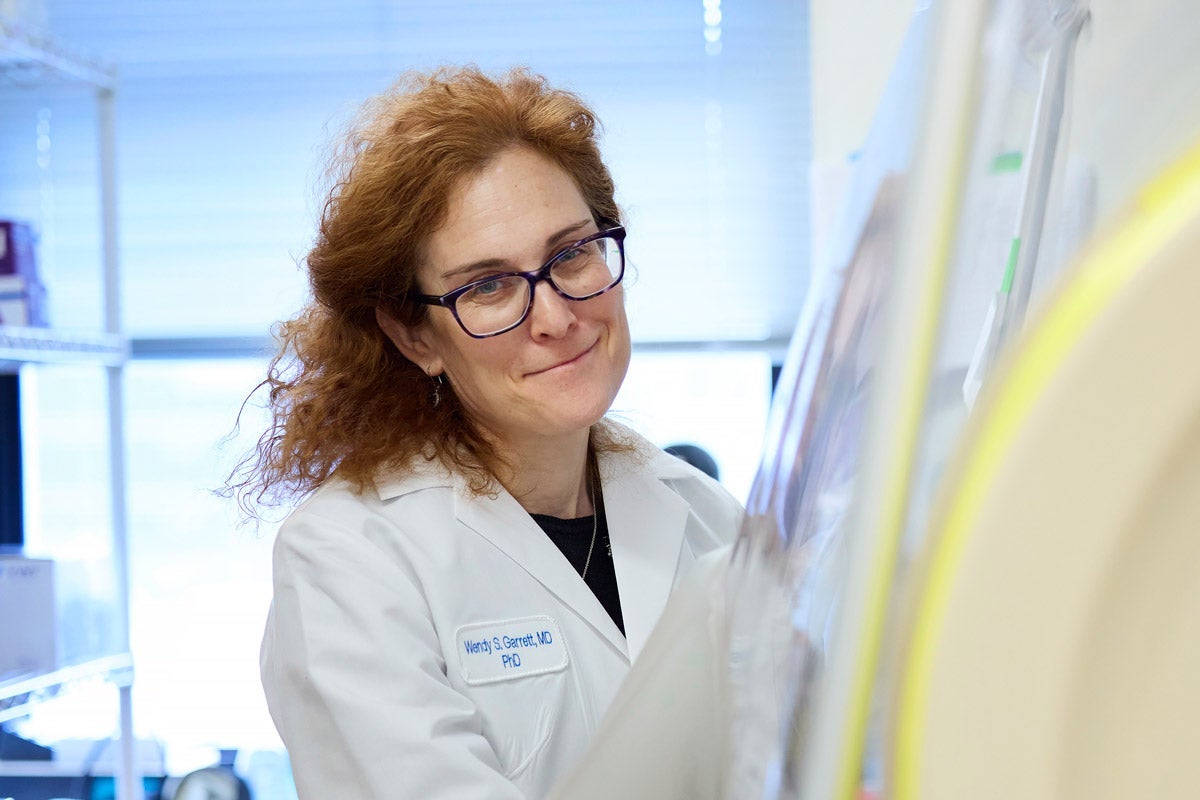Symposium explores drivers of suicide, and how to prevent it

November 10, 2022 – Suicide is a preventable tragedy—but there’s much work yet to be done in figuring out the best strategies for doing so, according to experts who spoke at a November 4 symposium on the topic at Harvard T.H. Chan School of Public Health.
At the 14th Kolokotrones Symposium—titled “Suicide Prevention: How do we know what we know, and how can we know more?”—researchers discussed the importance of learning more about how, when, and where suicide occurs; who’s most at risk; and what types of interventions work best to stave off suicidal thoughts.
The event, held in person in the Kresge Building’s Snyder Auditorium and also online, was hosted by CAUSALab, a center focused on pinpointing the causes of various health problems and providing sound data to aid decision makers.
“Suicide is a major tragedy that in some way or another affects the majority of society,” said Barbra Dickerman, assistant professor of global cancer prevention at Harvard Chan School, who chaired the symposium’s morning session. “The impact of suicide is far-reaching and long-lasting. The grief and the stigma that accompanies it can follow through families, communities, and generations after each suicide death. Importantly, evidence indicates that suicide is a preventable outcome, which means that advancing our understanding of what works to prevent suicide is a major public health priority.”
Suicide statistics
Katherine Keyes of Columbia University spoke about recent trends in suicide. She noted that, globally, one person dies by suicide every 40 seconds, with a conservative estimate putting the worldwide toll at 800,000 per year. Among women, the highest suicide rates are in Southeast Asia and South Asia, and among men, the highest rates are in eastern Europe, although all of those rates have been declining.
In the U.S., suicide deaths declined through the 1990s but rose again beginning in the early 2000s, jumping 30% by 2018. Risk of suicide has been high among men in middle age—likely driven by increases in loneliness, disconnection, and changing economic conditions—and the majority of those deaths involve firearms. Racial minorities, especially Black and Asian men, are also at higher risk compared with other groups. Suicide deaths are less common among women. Suicidal thoughts are very common—for example, as of 2019, it was estimated that roughly 20% of U.S. adolescents thought about it. “But thankfully,” Keyes said, “suicide death is much more rare than thinking about suicide or attempting suicide.”
Many factors play into suicide risk, said Keyes, including psychiatric history, family history, demographics, seasonal changes, temperature, altitude, and economic conditions. Some increases in suicides have been linked with media coverage; she noted, for example, that numbers spiked following Robin Williams’ suicide, resulting in an estimated 1,800 excess deaths, mostly among men around the same age as Williams. Suicide clusters have also occurred among teens and young adults across the U.S. over the past two decades, Keyes said.
Interestingly, she said, the pandemic did not appear to have a major impact on suicide. One analysis of 33 countries found that although there were increases in some parts of the world—particularly in Japan—most countries experienced either no substantial changes in suicide rates or declines during the pandemic. “It’s not what we would have anticipated, which is good news,” Keyes said.
Because suicidal crises are typically very short in duration—the window between deciding to attempt suicide and suicide death is often less than one hour—it can be hard for health professionals to identify the risk among patients. But experts also know that access to firearms makes suicide attempts much more lethal, so reducing access to guns is critical, Keyes said.
Guns and suicide
Matthew Miller, a professor at Northeastern University and co-director of the Harvard Injury Control Research Center, echoed the sentiment about the suicide risk posed by guns. Of the nearly 46,000 suicides in the U.S. in 2020, more than half were from firearms, he said. Suicide rates are highly correlated both with gun ownership rates and living in a home with guns. Interventions that could result in fewer people becoming gun owners—and more becoming former owners— would save many lives, according to Miller.
Kate Bentley of Harvard Medical School outlined various types of psychosocial interventions that are used to help people manage suicidal thoughts and behaviors, such as 24/7 crisis lines, safety planning (health care providers helping patients develop strategies for riding out suicidal urges), and psychotherapy. But research has shown that all types of psychosocial interventions together haven’t made a huge difference in suicide incidence. “These findings speak to the need for us to do more work to refine the interventions we have and also develop newer approaches,” she said.
Another promising avenue for reducing suicides is using so-called “just-in-time” interventions, according to Matthew Nock of Harvard University. Health care providers could recommend that patients use smartphone or smartwatch apps that could track, from moment to moment, what is going on with them as they move in and out of suicidal episodes, thus opening up the possibility of intervening before they’re at high risk, he said. For example, an app on the phone of a person at risk could ask several times a day whether they’re thinking about suicide, and if danger seems imminent, the app could share the number of a crisis hotline. Smart devices could also passively monitor things like how often a person calls or texts friends, or what their heart rate is. Such information could help shed light on when people face the highest risk for suicide. “We’re trying to get better at real-time monitoring of risk,” Nock said.
Gonzalo Martinez-Alés and Alejandro Szmulewicz—both psychiatrists and postdoctoral fellows at CAUSALab—discussed medications that may be able to help manage suicidal crises. And Philip Wang of Harvard Medical School described how machine learning could be used to help diagnose patients and assess their suicide risk. With access to a wide array of digital data—such as a person’s past mental health issues, history of substance use, or issues at school or with the criminal justice system—computers could make rapid diagnoses and assessments and provide health care providers with advice about patient care via screen pop-ups.
In a closing panel chaired by Miguel Hernán, director of CAUSALab and Kolokotrones professor of biostatistics and epidemiology, Nock said that much more research is needed on preventing suicide. “We haven’t made a lot of progress as suicide researchers, so I think new approaches are needed,” he said. “We’d love to see people get involved in this effort.”

Feature photo: Kent Dayton


